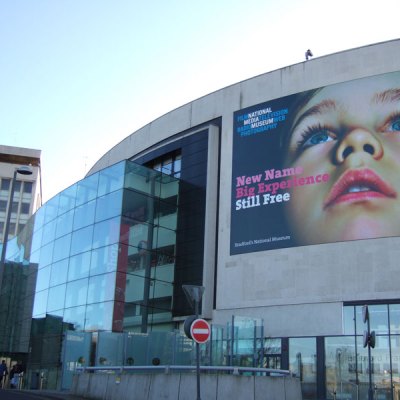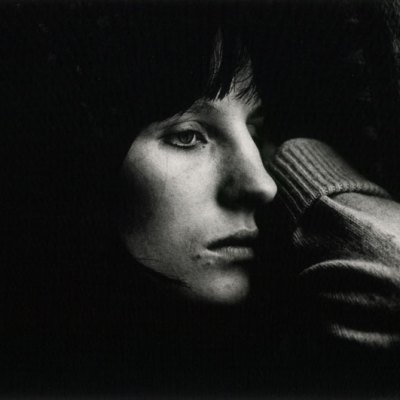If you live in a city, chances are you’ll pass a homeless person today. In London, homelessness is becoming an increasingly prevalent and visible problem. Yet, paradoxically, overexposure can lead to desensitisation – the more we see homeless people, the more blind to them we become. But if you happen to be in Brighton during the Festival next month, you may stumble across something that communicates the everyday realities of life on the street. It’s called the Doorways Project.
The Doorways Project is a site-specific sound installation piece, which will sit inconspicuously round the back of shops, in fire exits and other spaces where you might find a homeless person. ‘I’m deliberately looking for spaces where somebody might be able to sleep but I definitely know no-one sleeps there – I don’t want to displace anyone’, Bekki Perriman, the artist behind the project, tells me.
The pieces will be subtle, with the audio just above conversational level. ‘I really wanted to catch an accidental audience – people who would see somebody in the street and turn a blind eye’, she explains. ‘But if they hear someone’s voice they might be drawn into listening to it.’
Perriman knows more about homelessness than most people, having spent a significant period living on the streets in London:
The initial idea was a photography project, where I took photos of the doorways where I used to sleep rough or sell The Big Issue…[but] I wanted to widen the context and not just tell my own story, but speak to people living on the streets and find out what their experiences have been.

When she was homeless, Perriman recalls, she felt as though she were ‘not a real person,’ and saw how easy it was for passers-by to just ignore her. ‘The experiences of homeless people are often invisible. Art can be a way of communicating that which is usually silenced: art brings to audiences an insight into homelessness which is accessible to all who wish to stop and listen.’
Perriman received funding from Unlimited, the foremost commissioning body of disabled artists (and a partner of Disability Arts Online, for which I work), to pursue the initial concept, before receiving further backing to produce the roving sound installation. The current iteration is site-specific, featuring monologues by homeless people from the local area, about life on the street. It was important for Perriman that the Doorways Project told different stories to those we are accustomed to hearing about homelessness:
Charity campaigns often use a narrative of trauma, telling the story of someone who is sleeping rough as a result of abuse, violence, drug addiction, relationship breakdown etc. Of course those stories are completely true for many. However, it is also a story the public are familiar with.
The opposite narrative about homelessness is one of stigma and blame – suggestions that people are choosing to be on the streets, and scaremongering about not giving out handouts. Many cities in the UK are now seeing rough sleeping as an anti-social behaviour for which people can be fined. I wanted to approach it by looking at homeless culture and the story that isn’t told: simply what everyday street life is like.
After the Brighton Festival, the Doorways Project – along with Perriman’s original photographic series – will be installed at Liverpool’s Edge Hill Station in June, before ending up at the Southbank Centre in September for the Unlimited Festival.

The piece won’t be sugar-coating people’s experiences, but Perriman is not scared of ruffling a few feathers. ‘The stories are really challenging to listen to, and some of them do make you feel uncomfortable, but that doesn’t mean they shouldn’t be heard. The situation for homeless people is so messy and so hard to get your head around – there are so many layers of complexity. I don’t mind if people are left with that kind of feeling at the end of it, because that’s what it’s like.’
‘By telling stories of everyday street life, I want to humanise the experience of homelessness. The stories are about friendship, or loss, a sense of belonging, or of being invisible, fear or anger − emotions that we can all identify with, even if our circumstances are different.’
Bekki Perriman’s Doorways Project will be at the Brighton Festival (in various locations) from 7–29 May, during daylight hours.



